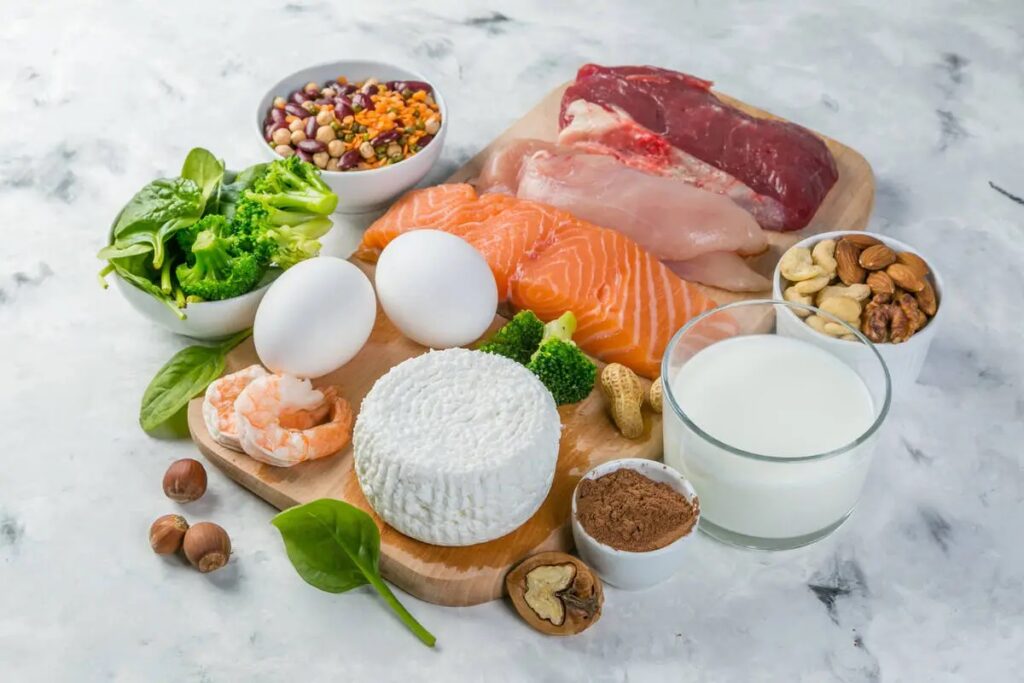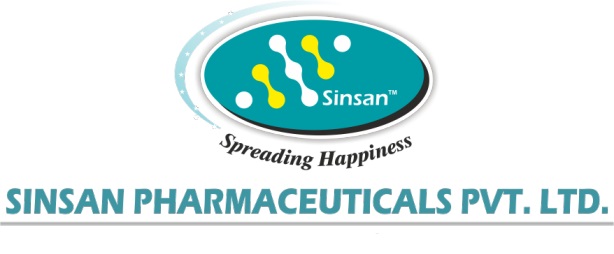Management of Dyslipidemia
- The target LDL cholesterol value in patients with coronary heart disease or other atherosclerotic disease is 100 mg per dL (2.60 mmol per L) or lower.
- If the LDL level does not exceed 100 mg per dL in a patient with coronary heart disease, the patient should begin the Step I diet, regularly participate in physical activity, and stop smoking.
- Annual lipoprotein analysis is indicated for this group.
- Premenopausal women and men 35 years of age or younger with dyslipidemia but without other risk factors for coronary heart disease or a genetic predisposition are generally considered at low risk.
- The NCEP guidelines recommend that patients at higher risk of coronary heart disease receive more intensive interventions for dyslipidemia than patients at lower risk.
- Persons at highest risk for future coronary events have a history of coronary heart disease or extracorporeal atherosclerotic disease.
- For all practical purposes, treatment of patients with multiple risk factors for coronary heart disease but without a history of coronary disease should be as aggressive as that for patients with coronary heart disease.
- As Oliver and colleagues stated, “There is probably little realistic difference between those who have had a clinical event and those who have not.” Thus, primary and secondary prevention are closely linked along this strategic continuum.
Lifestyle Modification

- The NCEP guidelines recommend dietary modification, exercise, and weight control as the foundation of treatment of dyslipidemia.
- These basic interventions may provide sufficient treatment for up to 90 percent of persons with dyslipidemia according to the NCEP cut points.
- A reduction in total cholesterol by 1 percent may decrease a person’s risk of developing coronary heart disease by 2 percent.
- Cessation of cigarette smoking and reduction of other modifiable risk factors are essential aspects of the prevention of coronary heart disease.
Exercise And Weight Loss Reduction

- Obesity frequently elevates cholesterol levels in both very-low-density lipoprotein (VLDL) and LDL fractions, raises triglyceride levels, lowers HDL cholesterol levels, raises blood pressure, and promotes glucose intolerance.
- Weight loss lowers total cholesterol and its LDL and VLDL fractions, lowers triglycerides, and raises HDL cholesterol.
- Patients are more likely to comply with exercise programs that are tailored to meet individual goals, interests, and needs.
- Most patients benefit from aerobic exercise that targets large muscle groups, performed for 30 minutes four or more times a week.
- Shorter, but more frequent, aerobic exercise sessions provide similar benefits.
- Overweight patients should engage in low-intensity exercise more frequently and for longer durations.
Alcohol Intake

- Alcohol exerts several effects on lipid levels, including raising the serum triglyceride and HDL cholesterol levels.
- Its effect on LDL cholesterol appears to be minimal.
- Since excessive alcohol causes numerous adverse effects, including hepatic toxicity, cardiomyopathy, motor vehicle crashes, and extensive psychosocial consequences, it is not recommended for the prevention of coronary heart disease.
Dietary Factors that Elevate LDL Cholesterol

Animal-derived food products
- Dietary cholesterol is found in foods of animal origin. Dairy products, meat, and eggs contain both saturated fat and cholesterol, especially eggs.
- Saturated fat intake increases LDL cholesterol concentrations.
- Dairy products are the leading source in Western diets, followed by meats. Red meat, chicken, and fish all contain significant amounts of saturated fat.
- Roughly half of dietary cholesterol is absorbed into the bloodstream, with some variation from person to person.
- Avoidance of even fat-reduced sources of dairy products is helpful for control of lipid concentrations, given that these products cause small but significant increases in LDL cholesterol.

Palm oil and coconut oil
- Palm and coconut are high in saturated fat and, despite intense commercial promotion of these products, their effect on blood lipids is similar to that of animal-derived saturated fat.

Partially hydrogenated oils (trans fats).
- Partially hydrogenated oils increase LDL cholesterol.
- Found in fried fast foods, processed foods, and in trace amounts, in animal-derived products.
- Intake of these fats has a linear relationship with LDL cholesterol levels when consumption is above approximately 3% of calorie intake.

Unfiltered coffee
- Daily coffee intake is associated with an increase of roughly 8 mg/dL in total cholesterol, a 5 mg/dL increase in LDL cholesterol, and a 13 mg/dL increase in triglyceride levels, and unfiltered coffee is responsible for these effects to a greater extent than filtered coffee.
- Tea does not appear to have this effect. Higher (compared with lower) intake of green tea is associated with a reduction of more than 5 mg/dL total and LDL cholesterol levels, while regular consumers of black tea have been observed to have reductions in LDL of close to 5 mg/dL, with no effect on total or HDL cholesterol levels.
